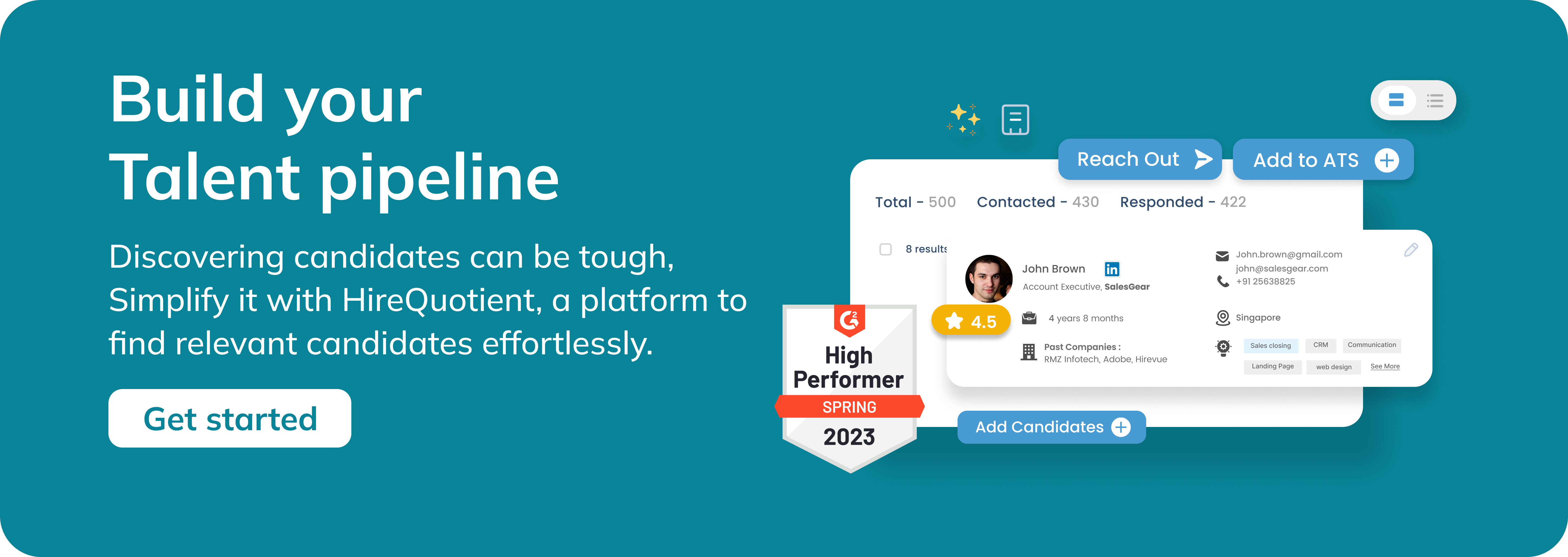Common Pitfalls in Employment Agreements: What Recruiters and Hirers Should Avoid
Published on September 5th, 2023
Crafting effective employment agreements is both an art and a science. These legally binding documents lay the groundwork for the employer-employee relationship, delineating roles, responsibilities, and expectations. While it's essential to focus on what to include in an employment agreement, it's equally crucial to be aware of what to avoid. In this comprehensive guide, we will delve into the common pitfalls in employment agreements, helping recruiters and hirers steer clear of potential issues and legal complications.
The Importance of Prudent Employment Agreements
Employment agreements are the foundation of a successful employer-employee partnership. They set the stage for a clear, respectful, and productive working relationship. When done right, they offer several benefits:
Legal Protection: They protect both parties by outlining rights and responsibilities, reducing the risk of disputes.
Clarity: They provide clarity on various aspects of employment, including compensation, benefits, and termination procedures.
Compliance: Properly crafted agreements ensure compliance with labor laws and regulations, safeguarding against legal issues.
Common Pitfalls to Avoid
Vague Language: Ambiguity in agreements can lead to misunderstandings. Be specific about job roles, responsibilities, and expectations to prevent disputes.
Missing Details: Failing to include essential details like compensation structure, benefits, and work hours can leave room for confusion and dissatisfaction.
Inadequate Termination Clauses: Unclear or incomplete termination clauses can lead to legal complications. Specify notice periods, severance terms, and grounds for termination.
Non-Compliance with Labor Laws: Ignoring local, state, or federal labor laws can result in legal consequences. Ensure your agreements adhere to relevant regulations.
Lack of Confidentiality Agreements: If applicable, include confidentiality clauses to protect sensitive company information.
Omitting Non-Compete Clauses: In some cases, non-compete agreements are necessary to prevent employees from working for competitors after leaving your company.
Ignoring Dispute Resolution: Failing to outline a dispute resolution process can result in costly legal battles. Specify how disputes will be resolved, whether through arbitration, mediation, or other means.
Governing Law: Ensure that your agreement specifies the governing law that will apply in case of legal disputes.
Generic Templates: While templates can be useful, using generic or outdated ones may not adequately address your specific needs. Customize agreements to align with your organization's unique requirements.
Navigating the Legal Landscape
To steer clear of these pitfalls, it's advisable to seek legal counsel or engage HR professionals experienced in contract drafting. Additionally, consider staying updated on evolving labor laws and regulations to ensure compliance.
Employment agreements are essential documents that protect both employers and employees while fostering transparency and mutual understanding. By avoiding the common pitfalls outlined in this guide, recruiters and hirers can create agreements that facilitate successful, harmonious working relationships.
Remember, an effective employment agreement is a tool for success. When done thoughtfully and meticulously, it sets the stage for a productive, respectful, and legally compliant employer-employee partnership.
In the world of recruitment and HR management, every detail matters. By being mindful of the potential pitfalls, you can pave the way for a prosperous future.

Hire the best without stress
Ask us how
Never Miss The Updates
We cover all recruitment, talent analytics, L&D, DEI, pre-employment, candidate screening, and hiring tools. Join our force & subscribe now!
Stay On Top Of Everything In HR

